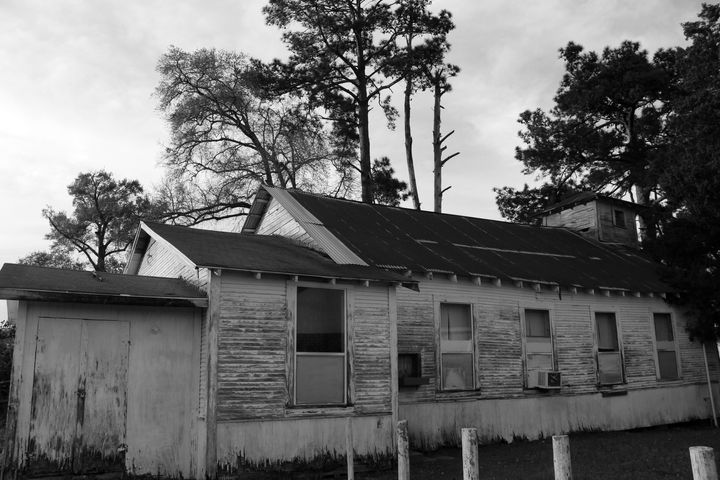
CHURCH EXPOSURES
This project focuses on the design of Christian churches. This will be an exploration of historic and artistic symbolism of church architecture. The work intends to apply new meanings to customary symbolisms, ideas and beliefs about Christian architecture. The images reveal the stark contrast in the design of churches, mainly the opulence of some and the humbleness of others. The content of this work should convey the idea that a house of worship should not be revered because of the design of the building, but rather by the community that utilizes it. As Richard Kieckhefer states in his book, Theology in Stone: Church Architecture from Byzantium to Berkeley, “The middling church, being neither particularly large nor notably intimate, neither radiant nor dark, neither strikingly ornate nor singularly pure, neither very long nor broad, may be either the most flexible or the most nondescript of spaces; its effect will depend all the more on how it is used liturgically and how the ethos of the community helps define its character”.
There are blatant disparities between churches that reside in struggling neighborhoods versus those situated in affluent communities. A church’s location is often a determinant of church success. This is due to the associated economic consequences and the reciprocal nature of their relationship with corresponding communities. In poor communities, churchgoers are unable to provide much of the economic support that is required for sustaining the necessary functions of the church. If disadvantaged communities are unable to support the church, then the churches within those areas are far less likely to have sufficient resources or capabilities for providing adequate care to the needy.
It would make sense for megachurches and their “God-fearing” Christian members to seek out neighborhoods and areas that need the most help. These would include communities that have low income wages, high crime rates, and are lacking in infrastructure, education and jobs. These areas would be the perfect places to build a modest church that could provide a great service to the entire local community. Conversely, megachurches primarily end up in affluent, white communities. These are the communities that absorb and enjoy the mega-funding, mega-services, and all other mega-benefits that could instead supply critical support for distressed communities beyond the privileged neighborhoods of white America.
To address these inequalities, church leaders must provide more than just thoughts and prayers. More churches, including leaders and parishioners, should hold themselves accountable in their responsibility to the welfare of all, not just that of their own church members. In the words of their own teachings, “Suppose there are brothers or sisters who need clothes and don’t have enough to eat. What good is there in your saying to them, “God bless you! Keep warm and eat well!” – if you don’t give them the necessities of life?” (James 2:15-16).
























